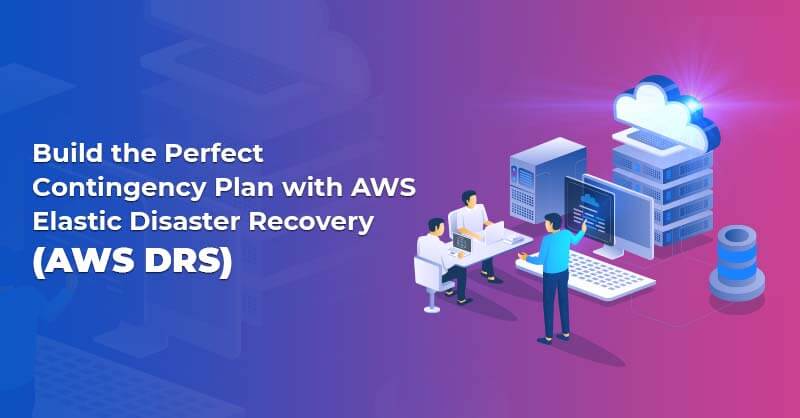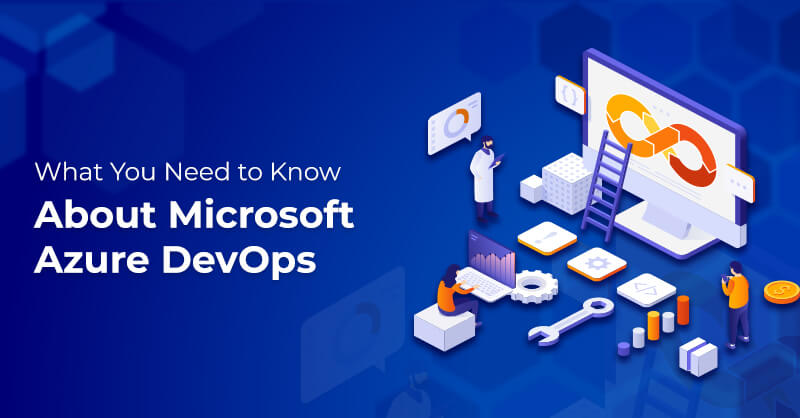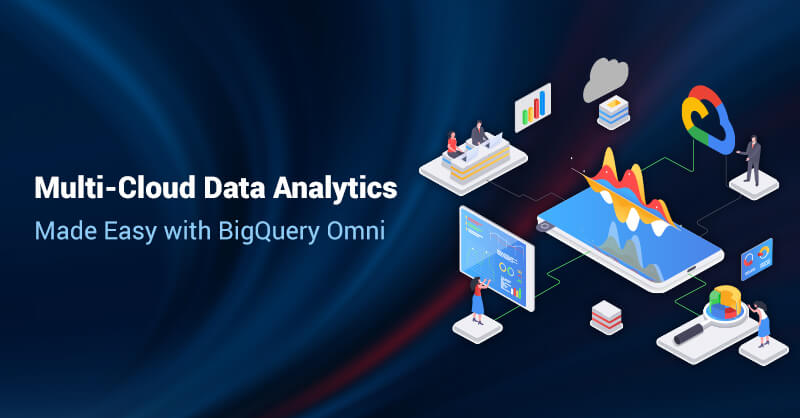Leverage Microservices Architecture with Google Cloud Platform
Written by Priya George
Content WriterWhen it comes to adopting microservices architecture, the main question for present companies is not "Why" but "When." With loosely coupled services that can be created, deployed, and maintained independently, businesses can build services that operate independently and communicate via APIs, thus focusing on solving the business problem. One of the defense points for the microservices architecture vs. monolithic architecture debate is that monolithic architecture requires less management due to it being a single application. However, this point ignores two important outcomes: the inability to update individual services in line with business needs and the single point of failure architecture.
Microservices have several benefits:
Enabling firms to enforce the DevOps principle of CI/CD efficiently.
More accessible to scale services individually
Leveraging a customized technology stack
Improved fault isolation
To learn more about the challenges faced with monolithic architecture and how, by adopting microservices architecture, we significantly improved customer engagement of a retailer's website, read our case study.
When breaking down services into microservices, the breakdown must correspond with the desired business capabilities companies wish to build within their applications. Developing the service within a specific business context is essential regardless of whether clients are external or internal to the organization. There are several steps to building microservice architecture:
- Building services with tools like MySQL or Spark
- Creating CI/CD pipelines with Jenkins, GitLab, etc.
- Designing services with schema flexibility in the long run
- Deploying the microservices:
- Multiple microservices within a single bounded context
- Single microservice within a context/OS
- Creating API standards to prevent long-term infrastructural inefficiencies
- An API gateway for single-entry point to inspect APIs for different clients
- Building resiliency for microservices architecture with Bulkhead pattern
- Logging and monitoring with tools like ELK stack and Graphite
A Simple Representation of Microservices Architecture
Deploying Microservices on Google Cloud Platform
Google Cloud Platform is the perfect match when deploying microservices architecture on cloud platforms. With Google Cloud, there is a wide range of tools specifically geared towards developing microservices-based on various industry needs and use cases. Google Cloud has businesses covered whether one wants to build from scratch or have complete managed services. Google Compute Engine is a critical product for developers to develop microservices from scratch. Building from scratch would include defining service boundaries, setting up infrastructure and network. With Google Kubernetes Engine, developers can automate the management of Kubernetes clusters that are set up as containers for the microservices.
However, serverless is the way to go when deploying a microservices architecture to its fullest potential. There are three significant advantages for serverless microservices on Google Cloud:
- Lower Infrastructure cost: With serverless technology, companies can use dynamic scaling, thus avoiding the problems of overprovisioning servers when demand for servers rises due to an increase in services.
- Reduced Operational cost: All of Google Cloud's serverless offerings offer the advantage of APIs for managing serverless products, thus focusing on high-level governance.
- Elimination of synchronous call chains: With the help of Pub/Sub, compute, and database services, you can 'pre-compute' results for microservices. Synchronous call chains result in poor performance for customer-facing applications.
Several Google Cloud products and services are geared towards deploying serverless microservice architecture. For instance, with Google Cloud Run, a layer of abstraction can be added to Kubernetes clusters. This is ideal for microservice apps that require minimal infrastructure management. Furthermore, with Google App Engine, developers have access to a platform to build customized serverless applications that automate app resources' scaling. And finally, with Cloud Functions, given its functionality, it is used for use cases such as light data processing such as image compression, acting as the backend service for mobile applications, handling IoT scale events, etc.
How Royal Cyber can Help
As partners of Google Cloud, we can leverage Google Cloud products and services to build the ideal microservices architecture based on business concerns. With our experts, we can assure businesses of a range of solutions in this area:
- Building microservices architecture from scratch.
- Deploying architecture on-prem or with serverless containers and functions.
- Building and maintaining a managed services model for microservice architecture.
- Breaking down monolithic legacy applications into microservice.
To learn more, contact us at [email protected] or visit us at www.royalcyber.com.



